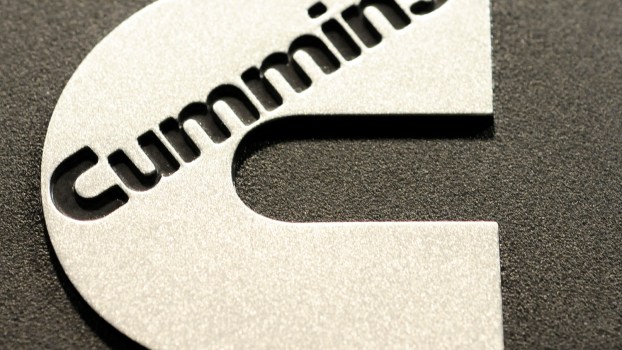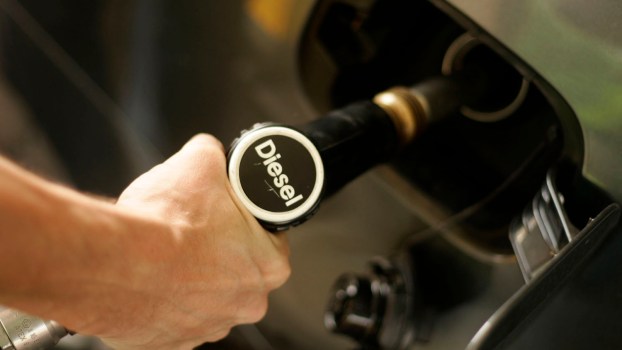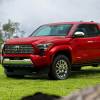
Who Killed The Half-Ton Diesel Pickup Truck?
Many classic pickup fans prize the power and efficiency of diesel trucks. And until 2021, every one of the Detroit Three offered a turbo diesel half-ton. But as of 2023, both Ford and Ram have canceled the diesel engine options in their full-size light-duty pickups. Some drivers wonder if strict EPA regulations, increasingly versatile gasoline engines, or even automakers pushing hybrid powertrains killed the half-ton diesel pickup truck. But in truth, low demand is probably to blame.
Is a diesel pickup worth it?
Every one of the Detroit Three offers a heavy-duty pickup truck with a diesel engine. The 6.7-liter Cummins I6–for example–is a $10k option. But with either 850 or 1,075 lb-ft of torque and a maximum towing capacity of 19,980 pounds, it is a good investment for drivers who do lots of heavy towing.

Diesel pickup trucks have a long history in the U.S. In 1978, GM introduced its first heavy-duty diesel pickup, and Dodge offered a Mitsubishi diesel engine in its trucks for one year only. In 1979, Volkswagen introduced a pickup truck version of its compact Rabbit car. The diesel Rabbit pickup earned an incredible 54 mpg efficiency rating on the highway. Ford joined the fray in 1982 when it began offering an International Harvester diesel engine in its heavy-duty trucks.
The 1989 Dodge Ram joined GM and Ford in once again offering a diesel engine. The Ram’s 5.9-liter Cummins I6 ushered in the factory-turbocharged/intercooled diesel pickup truck era. Turbocharged diesels were some of the most powerful and fuel-efficient pickup engine options of the 1990s. These classic diesel pickups are still sought-after because they match the performance numbers of many modern V8 trucks.
Twenty-first-century advances in engineering and manufacturing allowed automakers to offer lightweight and efficient diesel engines in light-duty full-size (half-ton) pickup trucks. Until 2021, you could order a Ford F-150 with a 3.0-liter PowerStroke V6, the Ram 1500 with a 3.0-liter EcoDiesel V6, and the Silverado/Sierra 1500 with General Motors’ 3.0-liter Duramax I6. But today, the Duramax is the final diesel engine available in a half-ton truck.
Which pickup truck has the best diesel engine?
The heavy-duty GMs’ 6.6-liter Duramax V8 makes 910 lb-ft of torque, Ford’s 6.7-liter PowerStroke V8 makes 1,050 lb-ft of torque, and the 6.7-liter Cummins I6 in Ram trucks makes up to 1,075 lb-ft of torque. The only half-ton pickups still available with diesels are the Chevy Silverado 1500/GMC Sierra 1500.
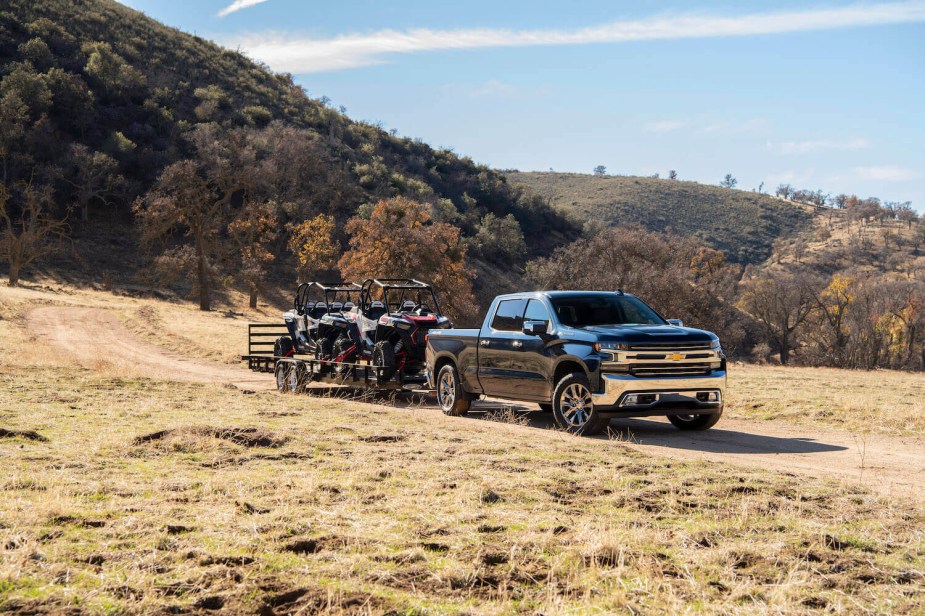
Halfway through the 2021 model year, Ford discontinued the PowerStroke diesel option in its F-150 pickup trucks. Then Stellantis ended the production of the Ram EcoDiesel for its half-ton 1500 at the end of the 2022 model year. So did government regulations kill these diesel half-ton trucks?
Over the decades, the EPA has cracked down on Nitrogen Oxide gas emissions (NOx is not a greenhouse gas, but it does contribute to smog). The result is that modern diesel engine designers must choose between power and efficiency. The engines that VW put in its diesel Rabbit pickup truck or the original 5.9-liter Cummins I6 available in the 1989 Dodge Ram would be illegal by today’s standards.
But Cummins, for example, has increased its I6’s output while meeting these new regulations. It did this by increasing displacement and adding modern technologies such as more valves per cylinder, better engine controls, and after-treatment systems. These regulations are not insurmountable and can’t be the only reason for the death of the half-ton diesel pickup truck.
Will diesel pickup trucks be phased out?
States such as California have made moves to phase out old diesel trucks. But the trucking industry is far from electrifying. Diesel semi-trucks may be one of the final internal combustion vehicles allowed on the roads. But some automakers are pushing hybrid technology to replace diesel pickup engines.
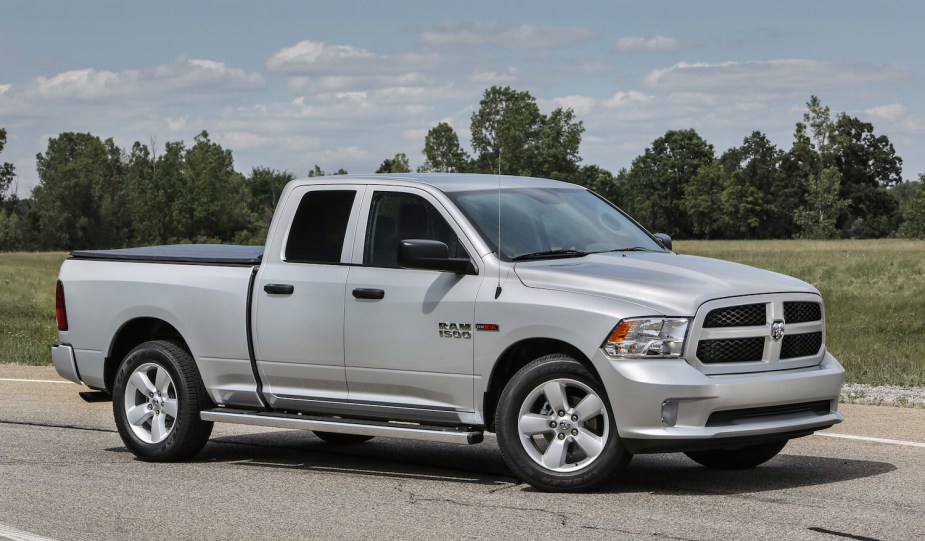
One of the first nails in the coffin of the diesel half-ton truck was the latest generation of gasoline V8s. With technologies such as variable valve timing, multi-cylinder displacement, and mild-hybrid regenerative braking, today’s diesel engines strike as strong a balance between power and efficiency as the turbodiesels of yesteryear. Then add gasoline engines’ strength starting in cold weather, their use of cheaper fuel, and their lower initial cost. Overall, it’s no wonder that few half-ton truck buyers are checking the diesel box.
Diesel engines do offer more low-end torque than gasoline engines. But automakers are working on a workaround. When Ford cancelled its 3.0-liter PowerStroke, it urged F-150 buyers who needed low-end torque to consider its PowerBoost hybrid (according to Ford Authority). Likewise, instead of looking into a diesel powerplant, Toyota achieved a diesel-like flat torque curve with its latest Tundra’s i-FORCE MAX hybrid.
But before you go shaking your fist at the newfangled hybrid pickups that killed the half-ton diesel truck, consider this: All the Detroit Three–or their parent companies–offer diesel-powered midsize and half-ton pickups in foreign markets. These profit-powered businesses would find a way to offer the same thing to U.S. buyers, if we only bought them. When Ram canceled its EcoDiesel 1500, the company didn’t provide any full hybrid to replace it. Ram simply said not enough buyers were opting for the EcoDiesel to make the engine worth building.
Next, find out who killed the manual transmission pickup truck or watch a head-to-head review of the final half-ton diesel trucks in the video below:
